

Articles
How Many Breakers In 100 Amp Panel
Modified: January 6, 2024
Learn how many breakers you can install in a 100 amp panel with this informative article. Discover expert tips and guidelines for electrical installations.
(Many of the links in this article redirect to a specific reviewed product. Your purchase of these products through affiliate links helps to generate commission for Storables.com, at no extra cost. Learn more)
Introduction
When it comes to electrical systems, knowing the capacity and configuration of your panel is crucial. A 100 amp panel is a common type of panel used in residential and commercial buildings. It refers to the maximum amount of current that can be supplied to the circuits in the panel. But how many breakers can you have in a 100 amp panel?
In this article, we will explore the answer to this question and provide you with a comprehensive understanding of 100 amp panels and their configurations. Whether you are a homeowner looking to add new circuits to your panel or a professional electrician seeking to upgrade an existing panel, the information provided here will help you make informed decisions.
So, let’s dive in and explore the world of 100 amp panels and their breakers.
Key Takeaways:
- Understanding the number of breakers in a 100 amp panel involves considering factors such as amperage ratings, circuit types, and physical space. Prioritizing safety and compliance with local codes is essential for an efficient electrical system.
- Upgrading a 100 amp panel requires careful planning, professional assistance, and adherence to safety standards. By consulting with a qualified electrician, assessing electrical needs, and following a systematic upgrade process, you can ensure a safer and more efficient electrical system.
Read more: How Many Breakers In A 60 Amp Panel
What is a 100 Amp Panel?
A 100 amp panel, also known as a 100 amp electrical service panel or distribution board, is a crucial component of an electrical system. It serves as the central hub where electricity is distributed to various circuits throughout a building. A 100 amp panel is designed to handle a maximum current of 100 amps, which is the total amount of electrical power that can be safely supplied to the panel.
Inside the panel, there are multiple circuit breakers that act as switches to control the flow of electricity to different areas or appliances. These circuit breakers are responsible for protecting the wiring and electrical devices from overloading or short circuits, which can pose a safety hazard. In the event of an overload or short circuit, the circuit breaker will trip and cut off the power supply to prevent any damage or electrical accidents.
A 100 amp panel can be found in various types of buildings, including residential homes, small offices, and commercial establishments. It is typically installed by a qualified electrician and is connected to the main power source, such as the utility meter or a generator.
It is important to note that the amperage rating of the panel, in this case, 100 amps, represents the maximum capacity of current that can be safely distributed throughout the circuits. It does not mean that every circuit connected to the panel can carry the full 100 amps. The actual load on each circuit will vary depending on the electrical devices and appliances connected to it.
Now that we have a basic understanding of what a 100 amp panel is, let’s move on to the next section to explore how the number of breakers in a 100 amp panel is determined.
Understanding Circuit Breakers
Circuit breakers play a vital role in the functionality and safety of electrical panels. They are designed to protect the wiring and electrical devices from overloading or short circuits by automatically cutting off the power supply when necessary. In a 100 amp panel, the circuit breakers are the key components that control the distribution of electricity to different circuits.
Each circuit in a panel requires a dedicated breaker. A circuit breaker serves as a switch that can be manually turned on or off to control the flow of electricity to a specific circuit. It is designed to handle a specific amount of current, known as the amperage rating. This rating determines the maximum load that can be safely handled by the circuit without causing damage.
It is important to select the appropriate amperage rating for each breaker based on the electrical devices and appliances connected to the circuit. Overloading a circuit can lead to overheating and potentially cause an electrical fire. Therefore, it is crucial to ensure that the amperage rating of the breaker matches the electrical needs of the circuit.
The number of breakers in a 100 amp panel depends on the individual amperage ratings of the breakers. It is essential to calculate the total amperage capacity of the panel and distribute it among the circuits accordingly. This ensures that the panel is not overloaded and that each circuit receives the necessary power without compromising safety.
Furthermore, circuit breakers come in different sizes and styles to accommodate various wiring configurations and applications. Common types of breakers include single-pole, double-pole, and tandem breakers. Single-pole breakers are used for 120-volt circuits, while double-pole breakers are used for 240-volt circuits. Tandem breakers, also known as duplex breakers, allow for two circuits to be installed in the space of one breaker, maximizing the number of circuits in a panel.
Understanding circuit breakers and their functionality is crucial when determining the number and configuration of breakers in a 100 amp panel. In the next section, we will discuss the factors to consider when determining the number of breakers in a 100 amp panel.
Determining the Number of Breakers in a 100 Amp Panel
When it comes to determining the number of breakers in a 100 amp panel, there are a few factors to consider. These factors include the amperage rating of the breakers, the electrical load of each circuit, and any code requirements or restrictions that may be in place.
The first step is to calculate the total amperage capacity of the panel. In the case of a 100 amp panel, the total capacity is 100 amps. This means that the combined load of all the circuits should not exceed 100 amps. To ensure that the panel is not overloaded, a common practice is to allocate no more than 80% of the panel’s capacity, which in this case would be 80 amps.
Next, you need to determine the amperage rating for each circuit breaker based on the electrical load of the corresponding circuit. The amperage rating should match or be lower than the maximum load of the circuit to ensure safety and prevent overloading. For example, if you have a circuit that will be powering multiple outlets in a bedroom, you may use a 20 amp breaker. For a lighting circuit, a 15 amp breaker may be sufficient.
Considering the different amperage ratings available for circuit breakers, the number of breakers in a 100 amp panel can vary. It is common to find 15 amp and 20 amp breakers being used in residential panels. However, it is essential to consult the local building codes and regulations to ensure compliance with any specific requirements or restrictions regarding breaker sizes and configurations.
In addition to the amperage rating, the type of circuit breaker must also be taken into account. Single-pole breakers are typically used for 120-volt circuits, while double-pole breakers are used for 240-volt circuits. The specific electrical needs of your circuits will dictate the appropriate breaker type.
Another consideration is the physical space within the panel. Different panel manufacturers offer panels with varying numbers of slots for breakers. The number of slots available in a 100 amp panel may range from 12 to 24. It’s important to ensure that the panel has enough slots to accommodate all the required breakers for your circuits.
Once you have determined the amperage ratings and types of breakers needed for each circuit, and verified that the panel has enough slots, you can proceed with installing the breakers in the 100 amp panel following the manufacturer’s instructions.
Overall, the number of breakers in a 100 amp panel will depend on the individual amperage ratings, types of breakers, and the specific electrical needs of your circuits. It is essential to consider these factors and consult any applicable codes or regulations to ensure a safe and compliant electrical system.
A 100 amp panel typically has 20 breaker slots, but it’s important to consult the panel’s specifications to ensure proper installation and avoid overloading.
Factors to Consider
When determining the number of breakers in a 100 amp panel, there are several important factors to consider. These factors will help you make informed decisions and ensure the efficiency, safety, and compliance of your electrical system.
1. Electrical Load: The electrical load of each circuit is a crucial factor in determining the number of breakers in a 100 amp panel. Consider the appliances, lighting fixtures, and electrical devices that will be connected to each circuit and calculate their expected power consumption. This will help you determine the appropriate amperage rating for each breaker.
2. Code Requirements: Local building codes and regulations may have specific requirements or restrictions regarding breaker amperage ratings, types, and configurations. It’s essential to consult these codes to ensure compliance with the law and to prioritize the safety of your electrical system.
3. Panel Capacity: While a 100 amp panel has a total capacity of 100 amps, it is generally recommended to allocate no more than 80% of this capacity to ensure safety and prevent overloading. Calculate the total load of all the circuits and make sure it does not exceed 80 amps.
4. Breaker Types: Consider the types of breakers available for your 100 amp panel. Single-pole breakers are typically used for 120-volt circuits, while double-pole breakers are used for 240-volt circuits. Understanding the specific electrical requirements of your circuits will help you select the appropriate breaker types.
5. Physical Space: Take into account the physical space available in the panel for installing breakers. Different panel manufacturers offer panels with varying numbers of slots. Ensure that the panel has enough slots to accommodate all the required breakers for your circuits.
6. Future Expansion: If you anticipate future expansion or additions to your electrical system, consider leaving a few extra breaker slots available in the panel. This will simplify the process of adding new circuits in the future without the need to upgrade the entire panel.
By considering these factors, you can make informed decisions about the number and configuration of breakers in your 100 amp panel. It is essential to prioritize safety, comply with local codes, and ensure that your electrical system can handle the required load efficiently.
Common Configurations for a 100 Amp Panel
When it comes to configuring a 100 amp panel, there are several common setups that can help accommodate the electrical needs of a building. These configurations take into account the overall amperage capacity of the panel, the number of available slots, and the specific electrical requirements of the circuits. Here are some common configurations:
- Basic Residential Setup: In a typical residential panel, the 100 amp capacity is distributed among multiple circuits. This configuration may include circuits for general lighting, outlets, kitchen appliances, heating and cooling systems, and other essential equipment. The specific allocation of amperage to each circuit will depend on the electrical load and usage requirements of the area it serves.
- Subpanel Configuration: Sometimes, a 100 amp panel is used as a main panel to distribute power to subpanels throughout a building. Subpanels are smaller panels that are connected to the main panel and used to power specific areas or sections of the building. This configuration allows for more circuits and flexibility by distributing the load across multiple subpanels.
- Tandem Breaker Setup: Tandem breakers, also known as duplex breakers, are a space-saving option that allows for two circuits to be installed in the space of one breaker. This configuration can be useful when there is a need for additional circuits in a panel that has limited available slots. However, it’s important to note that not all panels are compatible with tandem breakers, so it’s essential to check the manufacturer’s specifications.
- Specialized Circuit Setup: Depending on the specific needs of a building, additional circuits may be dedicated to specialized equipment or systems. For example, for a home with a dedicated home office or workshop, a separate circuit with a higher amperage rating may be allocated to power heavy machinery or tools.
- Future Expansion Provision: It’s always a good idea to plan for future expansion when configuring a 100 amp panel. Leaving a few slots open for future circuits can make it easier to add new electrical devices or systems without the need to upgrade the entire panel. This provision allows for flexibility and avoids the inconvenience and expense of panel replacement.
It’s important to consult with a qualified electrician to determine the best configuration for your specific electrical needs. They will consider factors such as the size of the building, the electrical load, and any local code requirements to ensure a safe and efficient distribution of power throughout the circuits.
Remember, each building and its electrical needs are unique, so the specific configuration of a 100 amp panel will vary. It’s crucial to prioritize safety, comply with local regulations, and work with a professional to design a configuration that meets your electrical requirements.
Upgrading a 100 Amp Panel
There may come a time when you need to upgrade your 100 amp panel to accommodate the increasing electrical demands of your home or building. Upgrading a panel can improve safety, increase capacity, and provide room for future expansions.
Here are the steps involved in upgrading a 100 amp panel:
- Assess Your Electrical Needs: Determine why you need to upgrade your panel. Are you experiencing frequent circuit overloads or tripped breakers? Do you plan on adding new electrical appliances or systems to your building? Understanding your current and future electrical needs will help guide the upgrade process.
- Hire a Qualified Electrician: Upgrading a panel is not a DIY project. It is crucial to hire a licensed and experienced electrician who can assess your electrical system, recommend the appropriate panel for your needs, and safely install it. They will also ensure compliance with local codes and regulations.
- Choose a New Panel: Work with your electrician to select a new panel that meets your electrical requirements. Consider factors such as amperage capacity, the number of available slots, and any specific features or functionalities that may be beneficial.
- Create a Plan: Your electrician will develop a plan for the panel upgrade, including the proposed layout of the new panel and the circuits it will serve. They will also handle any necessary permits and coordinate any power interruptions that may be required during the installation process.
- Disconnect Power: Before any work can begin, the power to your home or building must be disconnected. This ensures the safety of everyone involved in the upgrade process. Your electrician will handle the proper disconnection of power from the utility company and take the necessary precautions to avoid any accidents or injuries.
- Remove the Old Panel: Once the power is disconnected, the old 100 amp panel will be removed. This involves disconnecting the wiring, removing the circuit breakers, and physically detaching the old panel from the wall. Your electrician will follow proper procedures to ensure safe removal.
- Install and Connect the New Panel: The new panel will be mounted and connected to the electrical service. Your electrician will carefully connect the wiring from the main power source, as well as the branch circuits, ensuring that everything is properly grounded and secured. They will also install the circuit breakers according to the new panel’s specifications.
- Perform Testing and Inspection: Once the new panel is installed, your electrician will conduct thorough testing and inspection to ensure everything is functioning correctly and meets all safety standards. This includes checking for proper voltage levels, verifying that all circuits are working, and confirming that the panel is properly grounded.
- Restore Power and Finalize the Upgrade: Once all the necessary tests and inspections have been completed, your electrician will restore power to your home or building. They will also provide you with any necessary documentation, such as a certificate of compliance or the results of the final inspection.
Upgrading a 100 amp panel is a significant electrical project that should be handled by professionals. It ensures the safety and reliability of your electrical system, allows for future expansions, and brings your home or building up to code. Consult with a qualified electrician to assess your needs and determine the best course of action for your panel upgrade.
Conclusion
Understanding the configuration and capacity of a 100 amp panel is crucial for ensuring the efficient and safe distribution of electricity in a residential or commercial setting. In this article, we have explored the various aspects of 100 amp panels, including their definition, circuit breaker functionality, factors to consider when determining the number of breakers, common panel configurations, and the process of upgrading a 100 amp panel.
By understanding the amperage rating of the panel, the amperage requirements of each circuit, and any local code requirements, you can determine the appropriate number and configuration of breakers for your 100 amp panel. It is important to prioritize safety, allocate the load properly, and consult with a qualified electrician to ensure compliance with regulations and to meet your specific electrical needs.
When upgrading a 100 amp panel, it is crucial to hire a professional electrician who can assess your electrical system, recommend the appropriate panel, and safely install it. Upgrading a panel requires careful planning, proper disconnection of power, removal of the old panel, installation and connection of the new panel, testing and inspection, and the final restoration of power. Following these steps will result in a safer and more efficient electrical system.
Whether you are considering adding new circuits to your panel, expanding your electrical system, or upgrading your 100 amp panel, it is always best to consult with a licensed electrician. They have the knowledge and expertise to guide you through the process, ensure compliance with regulations, and meet your specific needs.
By understanding how a 100 amp panel works and implementing the appropriate configurations and upgrades, you can enhance the performance and safety of your electrical system, providing the necessary power for all your electrical devices and appliances.
Frequently Asked Questions about How Many Breakers In 100 Amp Panel
Was this page helpful?
At Storables.com, we guarantee accurate and reliable information. Our content, validated by Expert Board Contributors, is crafted following stringent Editorial Policies. We're committed to providing you with well-researched, expert-backed insights for all your informational needs.
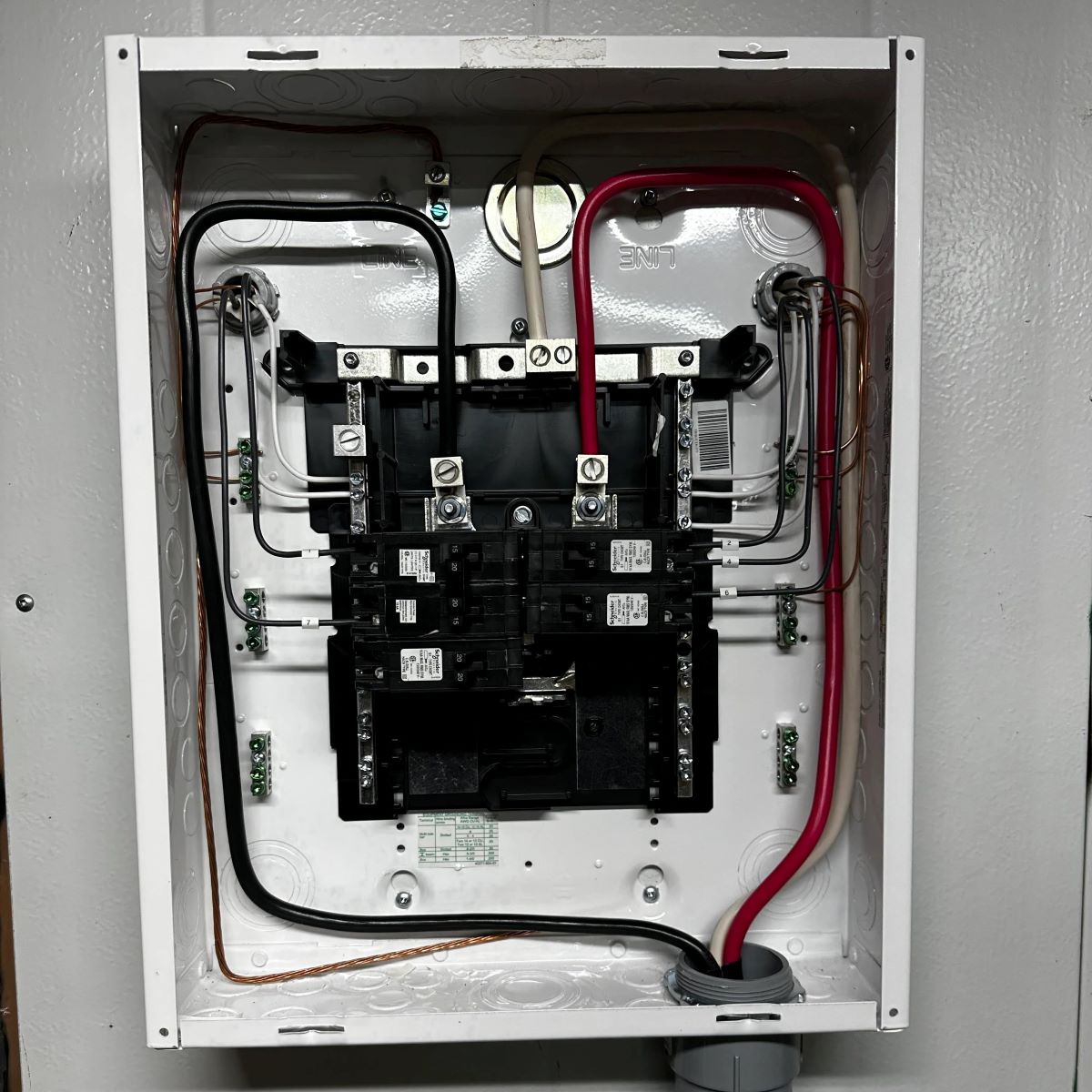
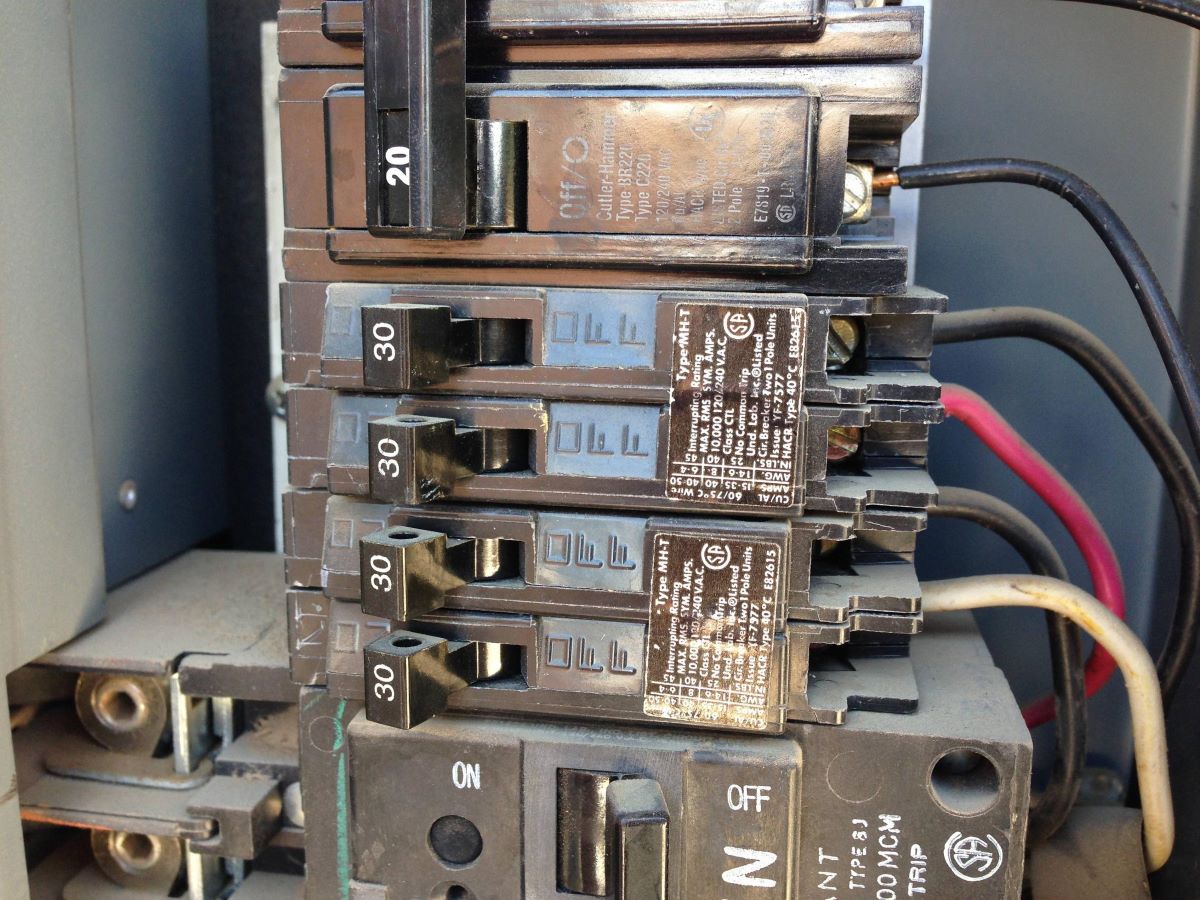

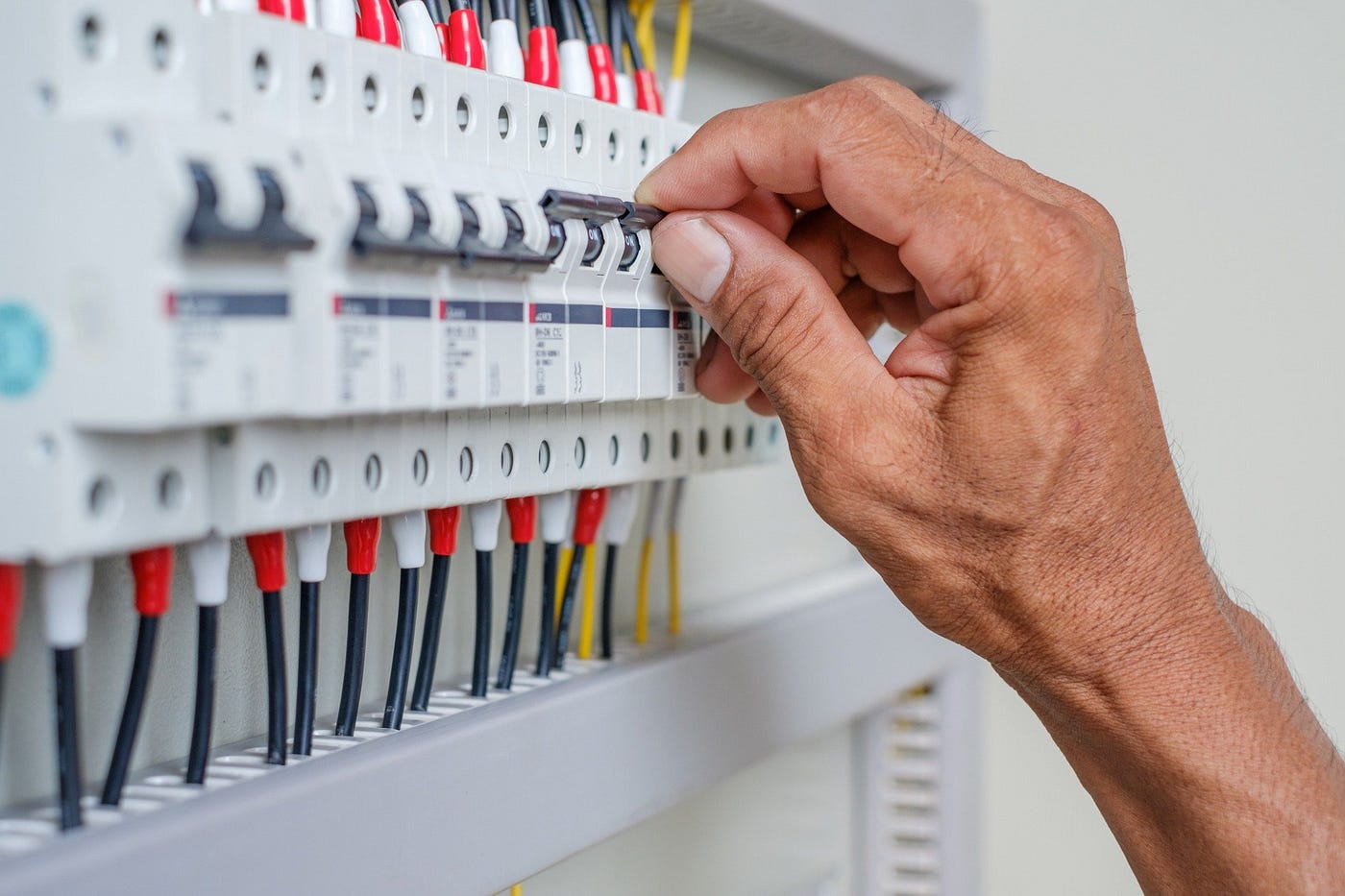
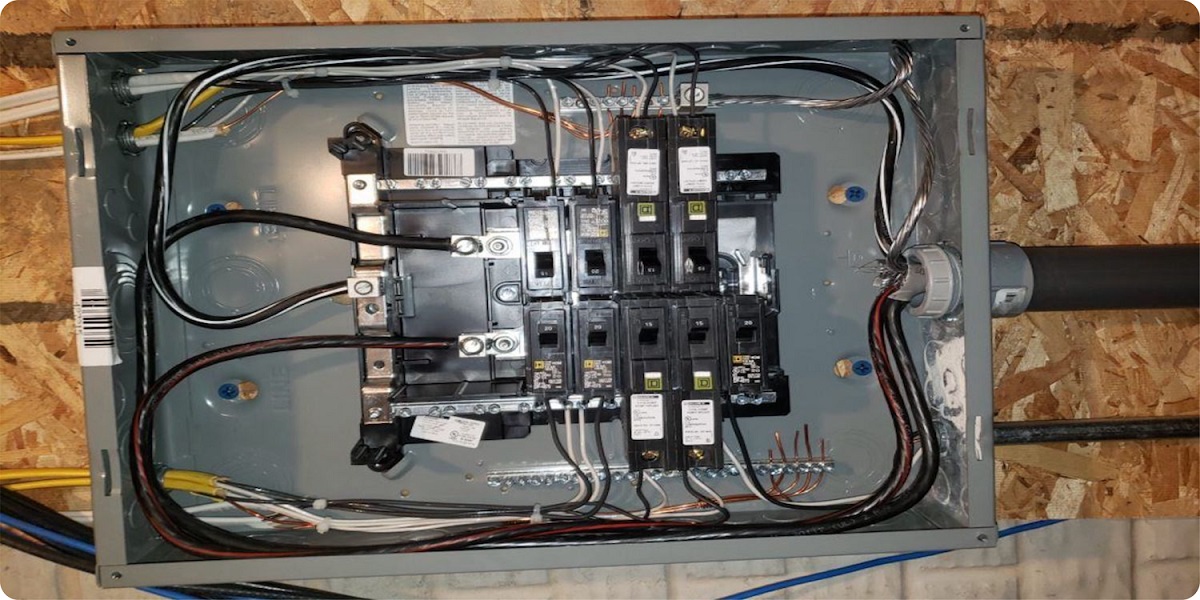
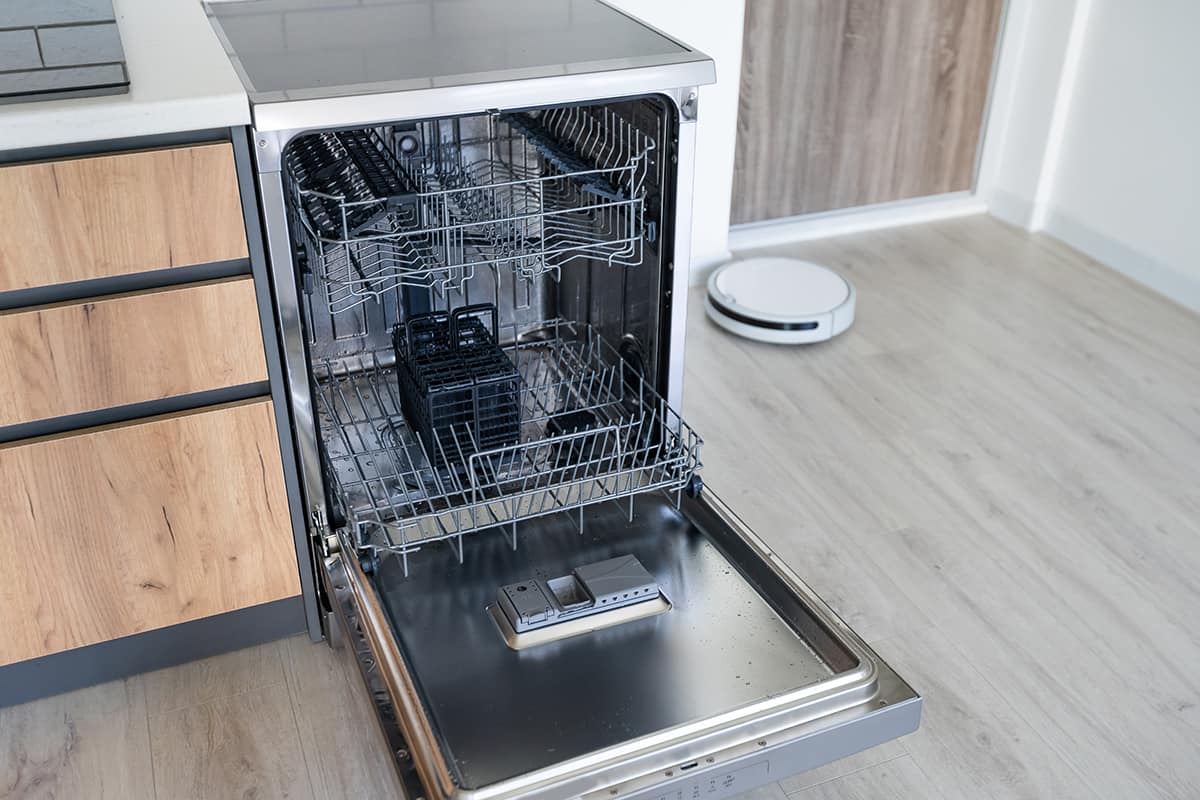
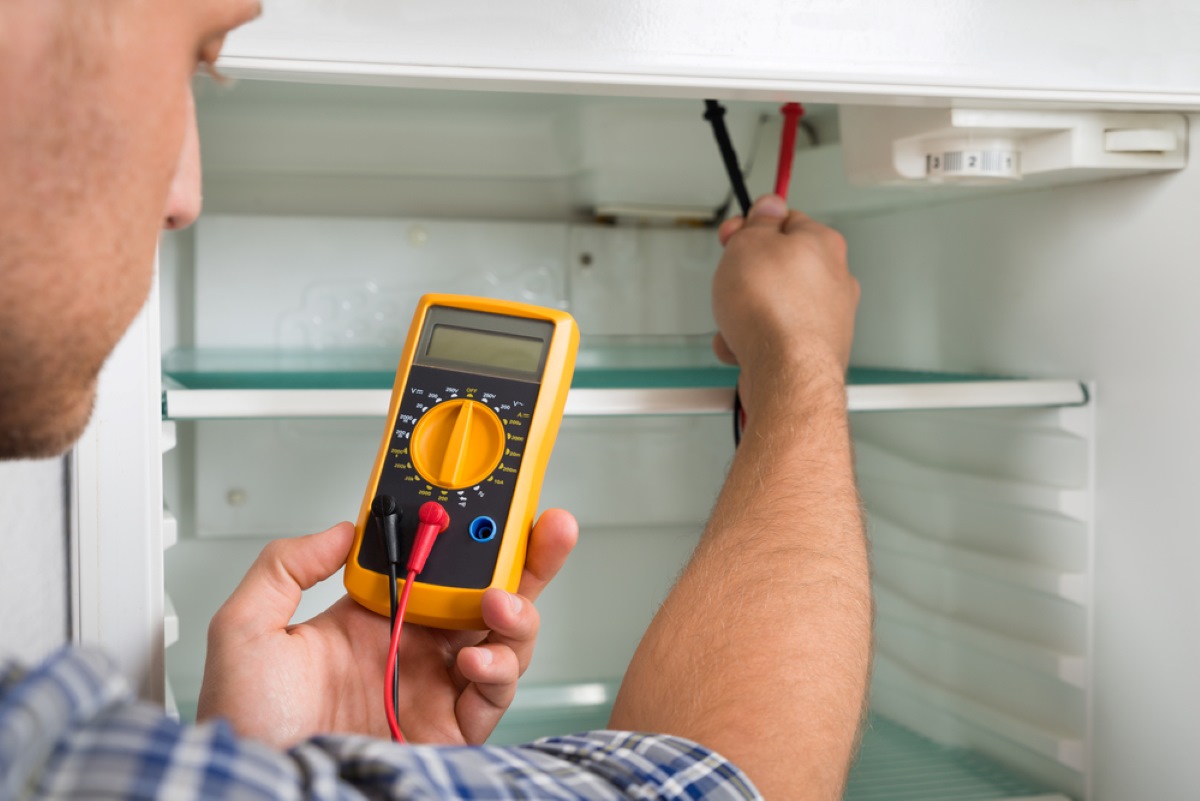
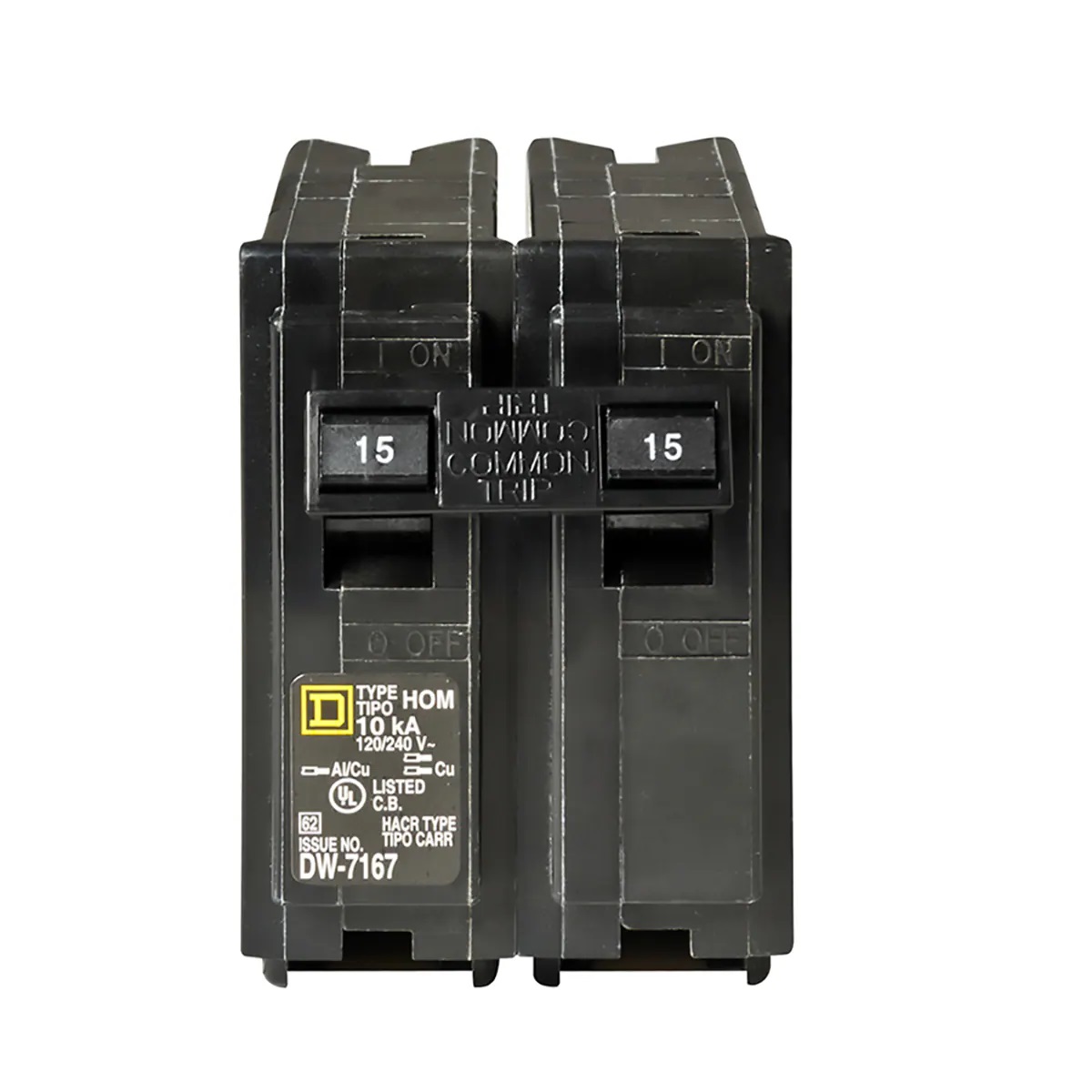
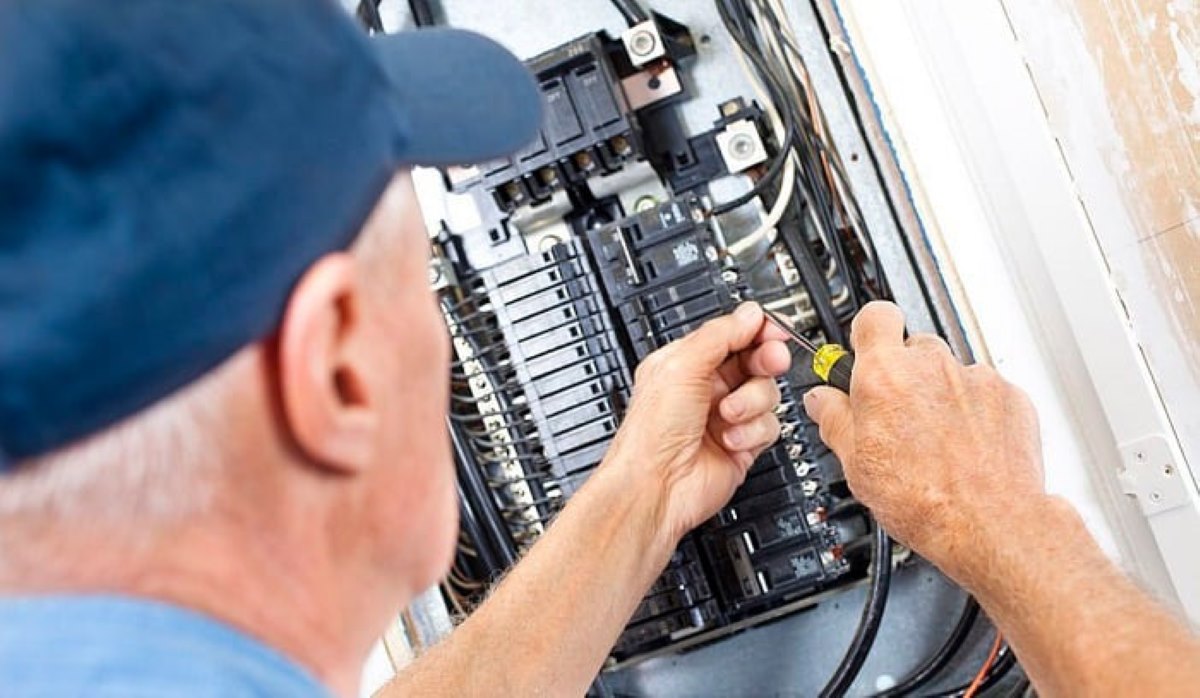
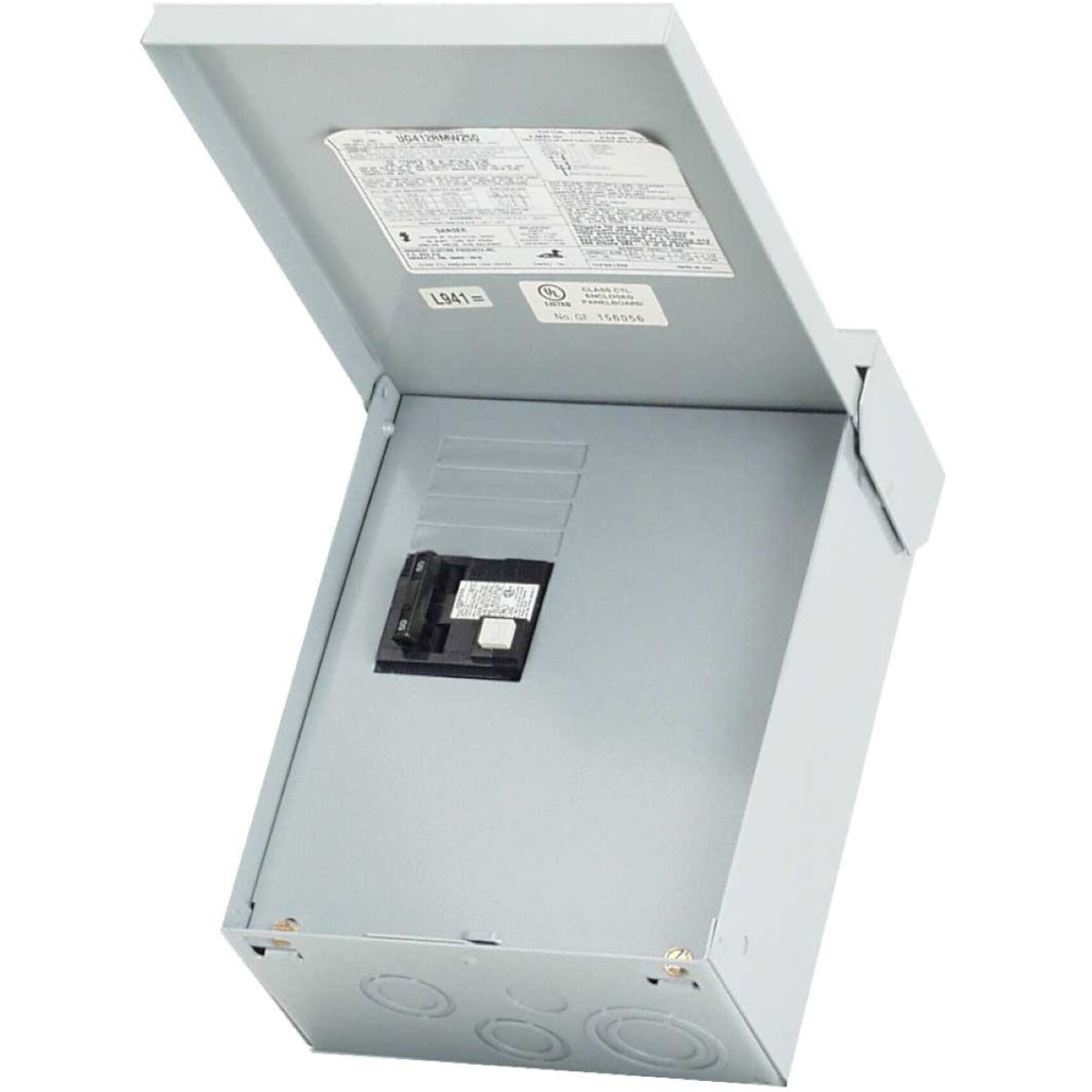

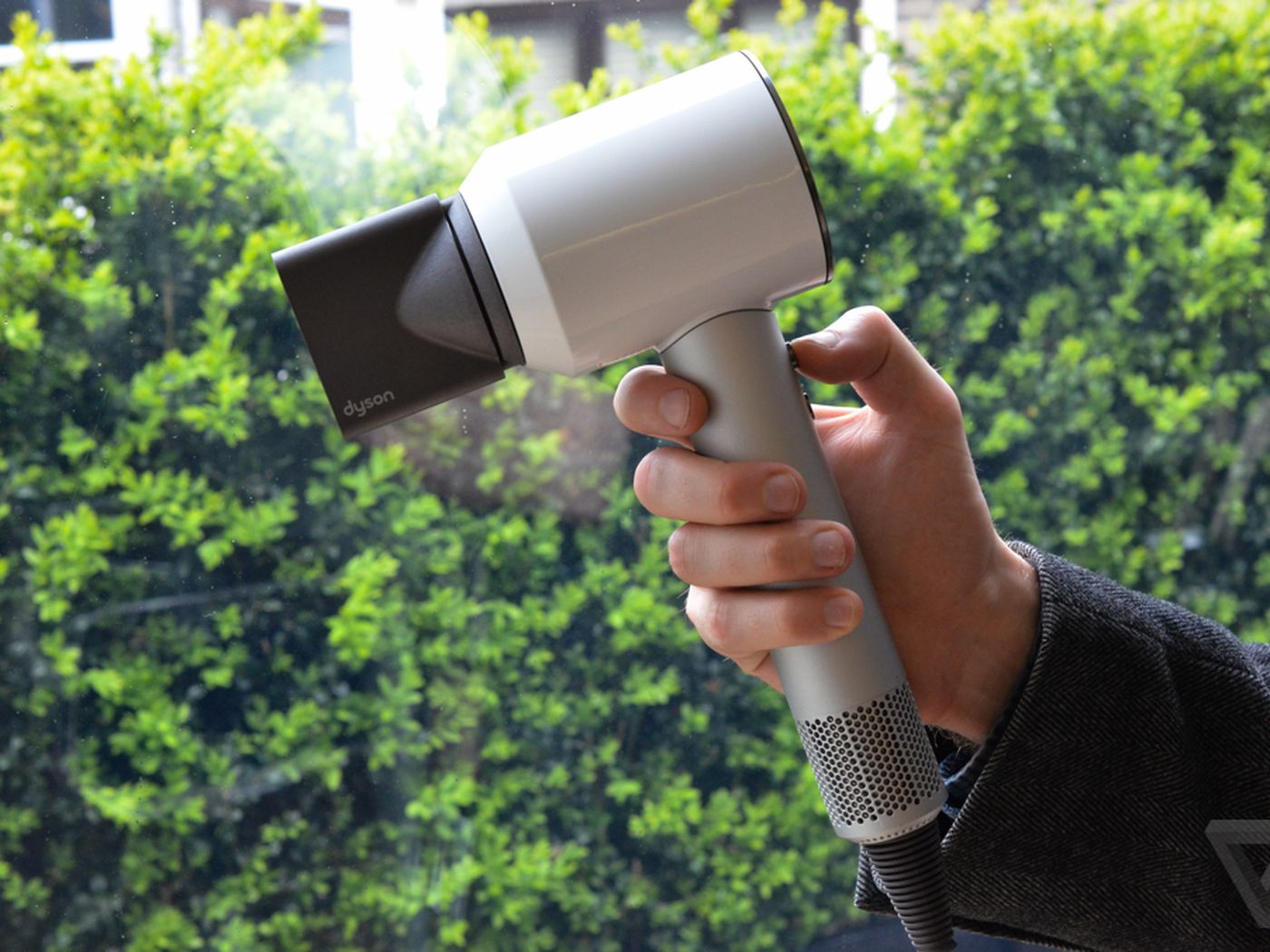

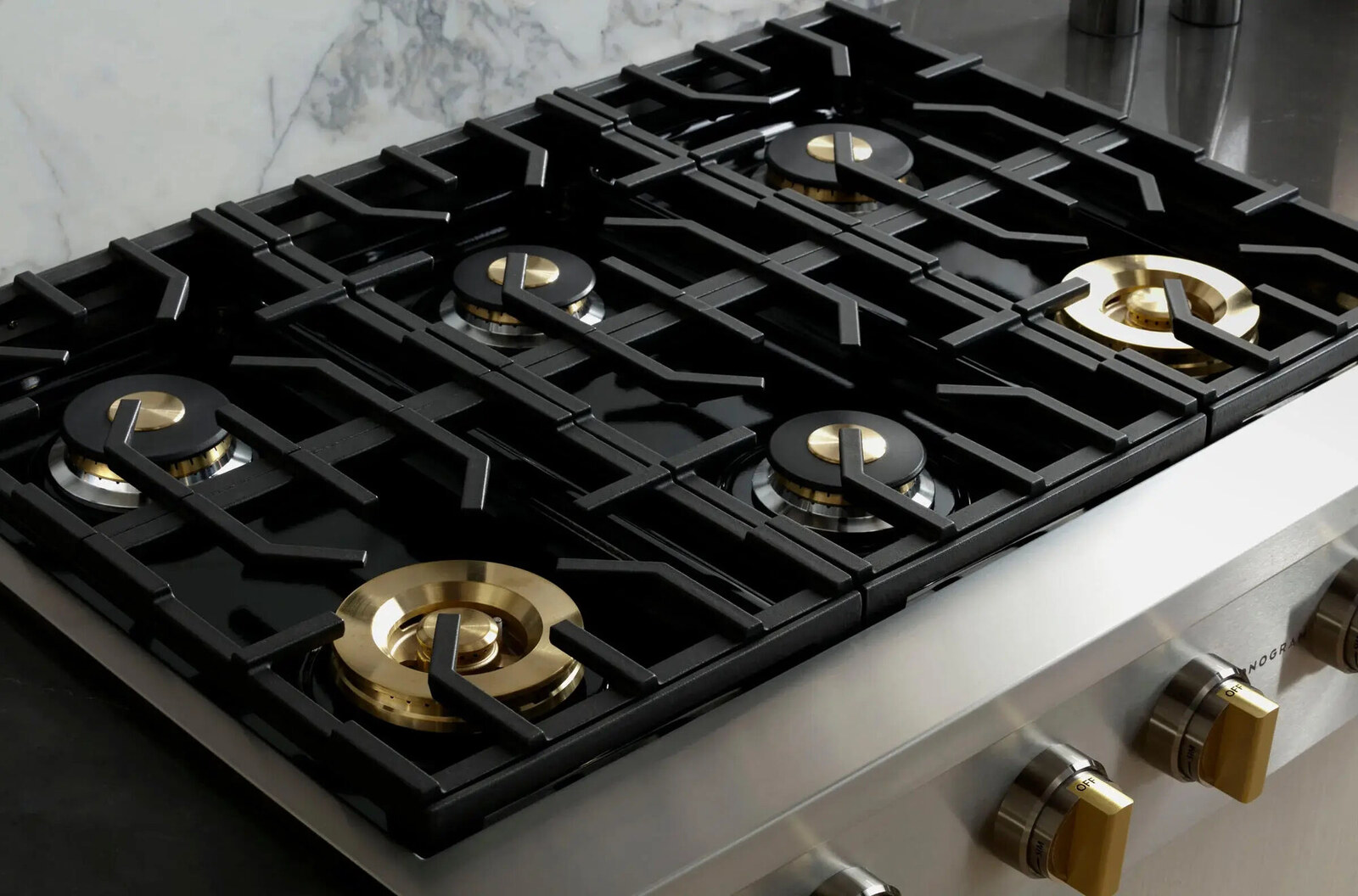

0 thoughts on “How Many Breakers In 100 Amp Panel”